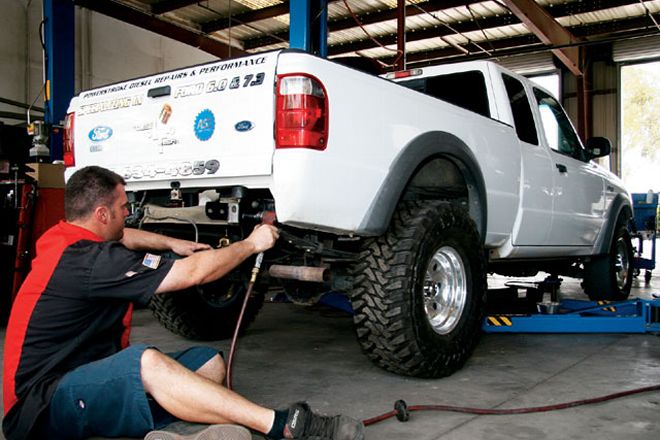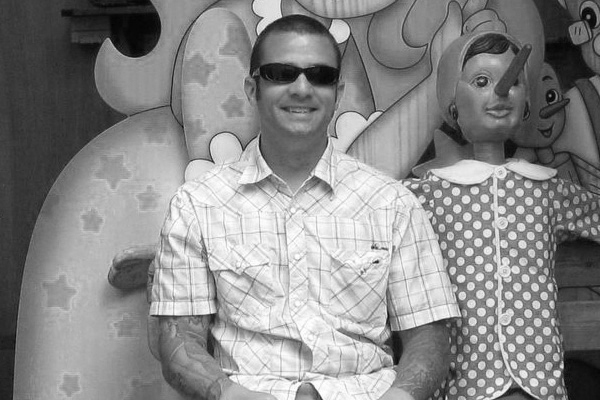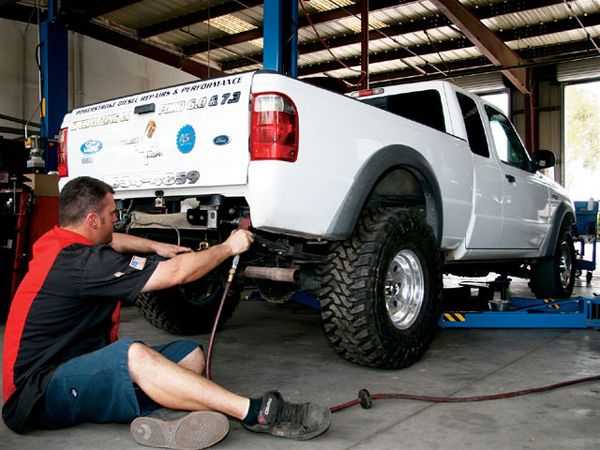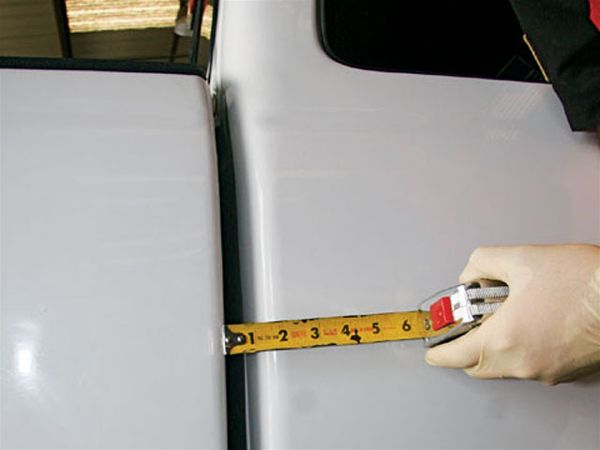
 Ali Mansour
Brand Manager, 4WD & Sport Utility
Ali Mansour
Brand Manager, 4WD & Sport Utility

Do you have an old truck that you want to put bigger tires on, but don't want to hack up or invest a ton of dough on a new suspension system? If so, a body lift may be just what you've been looking for.
Since the invention of body-on-frame construction there's been the need to lift the body from the frame. Factory applications have been used to clear larger transmissions and turbos, and gain interior room. The aftermarket world uses those few inches for that small-block engine conversion or that extra belly clearance when trying to tuck your drivetrain high within the body.
One of the best parts about a body lift is that it will usually set you back less than 200 bucks and can be easily installed by you and a couple of buddies over a weekend. Although a body lift is not particularly difficult to install, you will need to be patient and take your time. There may only be a few ground straps and wires to undo on some, but many later-model vehicles can require a fair amount of rerouting of wires and linkage to gain the appropriate height.
 Before you get started it's a good idea to take a few initial measurements of the gaps between the bed and the cab and between the bumpers and body. These will aid you as reference points when it's time to tighten the body down.
Before you get started it's a good idea to take a few initial measurements of the gaps between the bed and the cab and between the bumpers and body. These will aid you as reference points when it's time to tighten the body down.
We encourage you to use your head when tossing on a body lift. Like most things in life, too much of anything can be extremely bad. If there isn't a 6-inch body lift made, there's probably a good reason. Most guys find that a simple 1-inch body lift is all they need to gain that extra little bit of space before dealing with new drop-down brackets and cable bind, and these kits will hardly be noticed by the untrained eye.
To show you the basics of installing a body lift we drove down to Diesel Tech where Loren Taylor and his crew of certified technicians gave their shop truck ('02 Ford Ranger) a 3-inch boost. Although we had the advantage of using a two-post lift to raise the truck, we could have just as easily installed the lift in a driveway using a few blocks of wood and a floor jack. In short, body lifts are extremely useful when used correctly and will give you that extra bit of room you're looking for without breaking the bank.





 PhotosView Slideshow
PhotosView Slideshow




